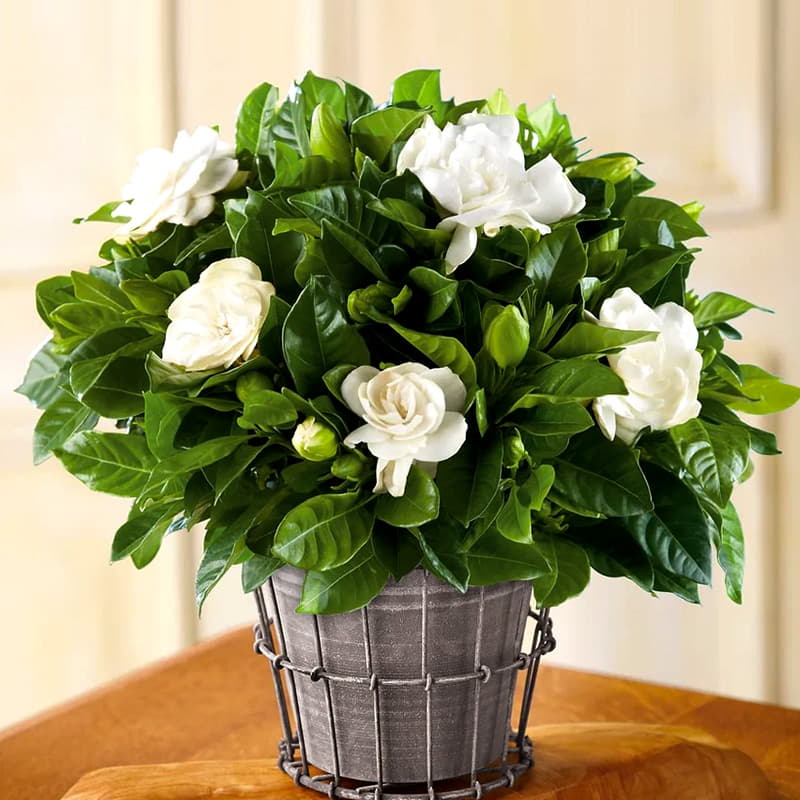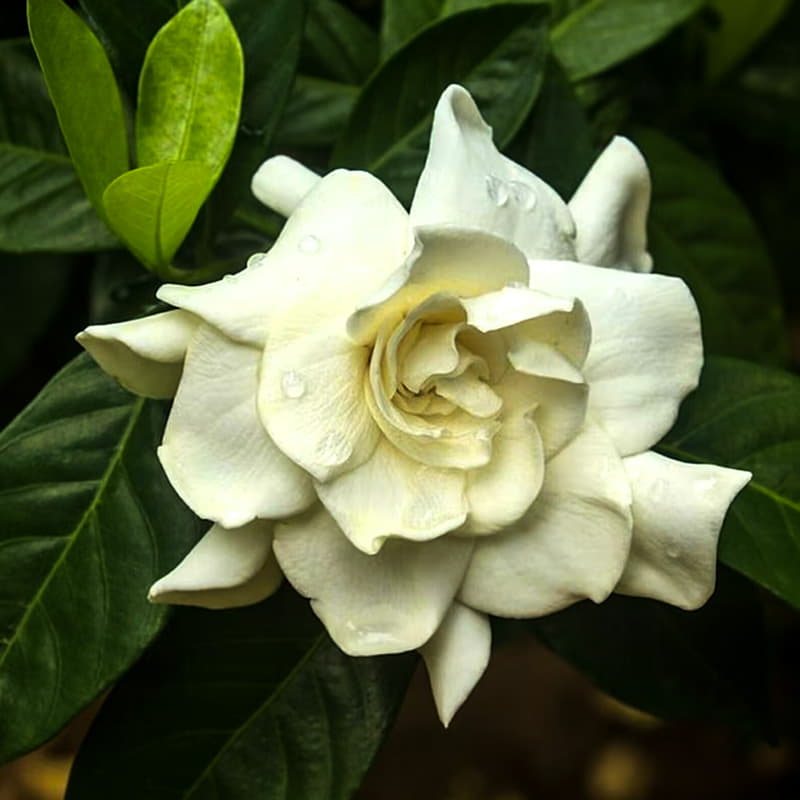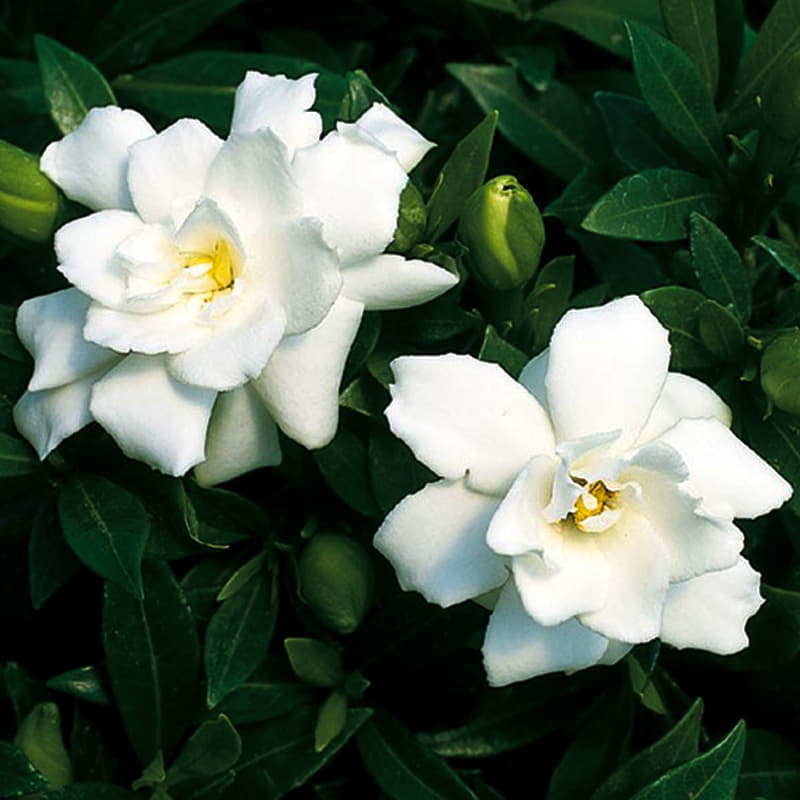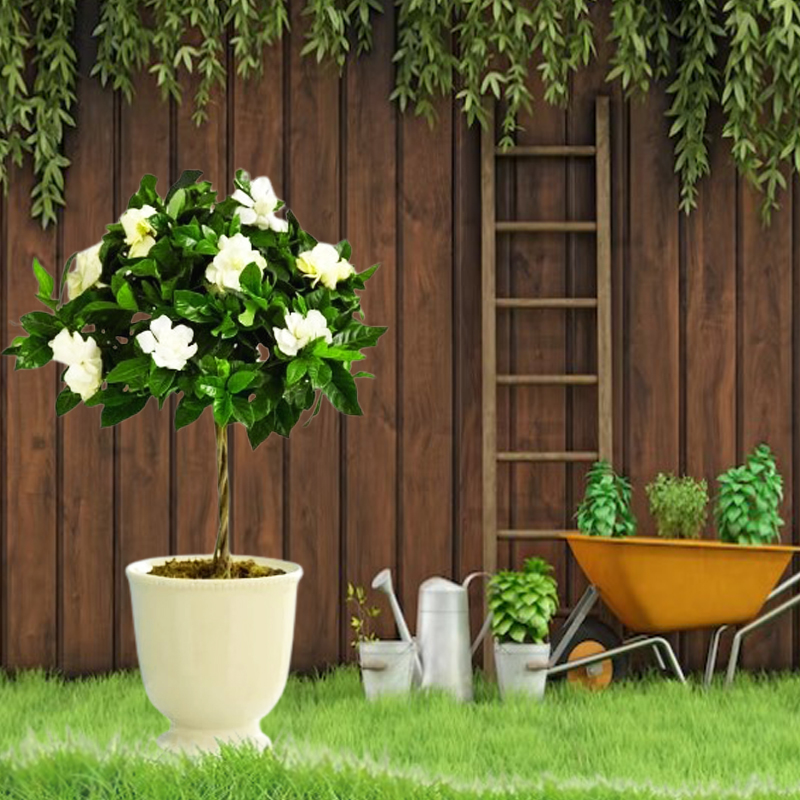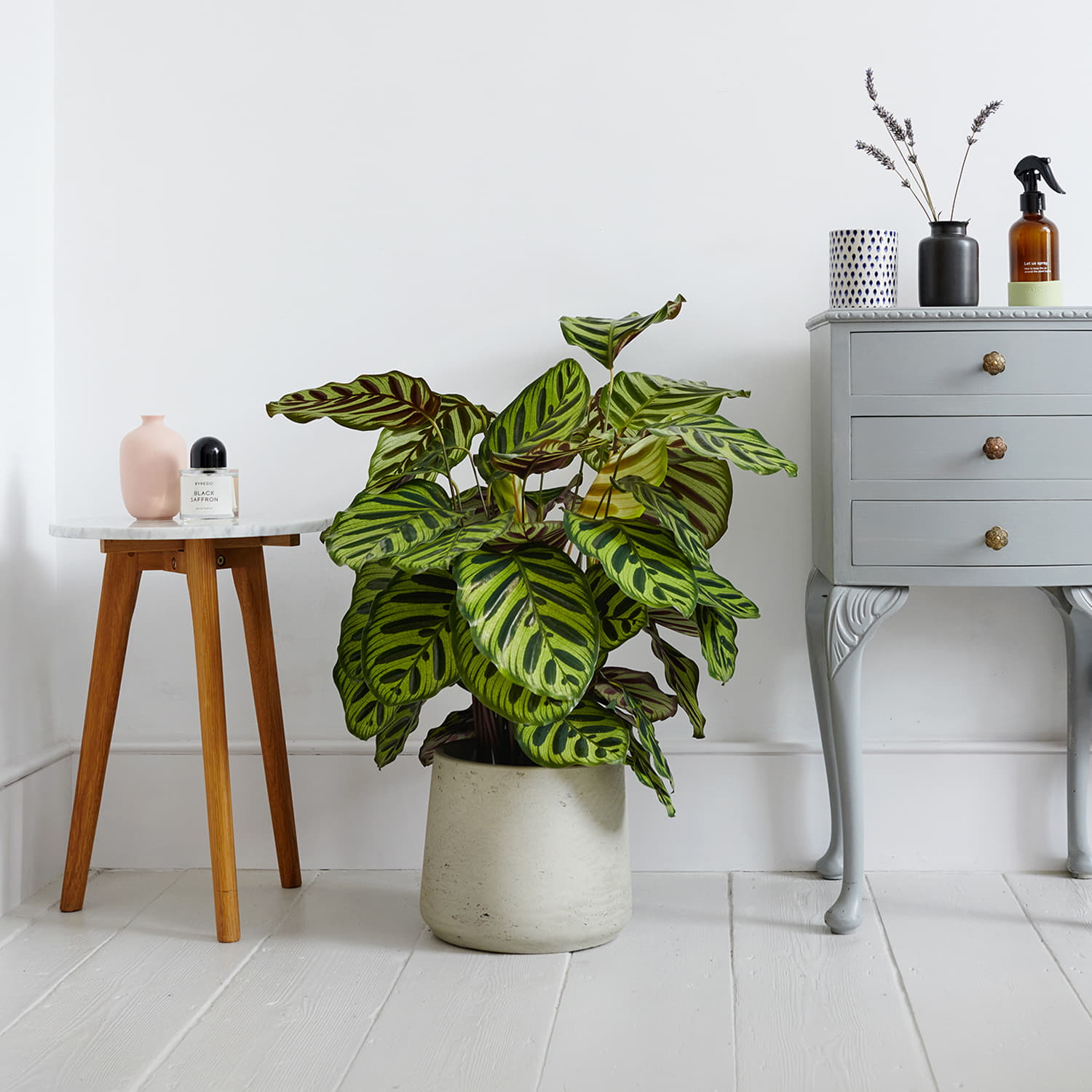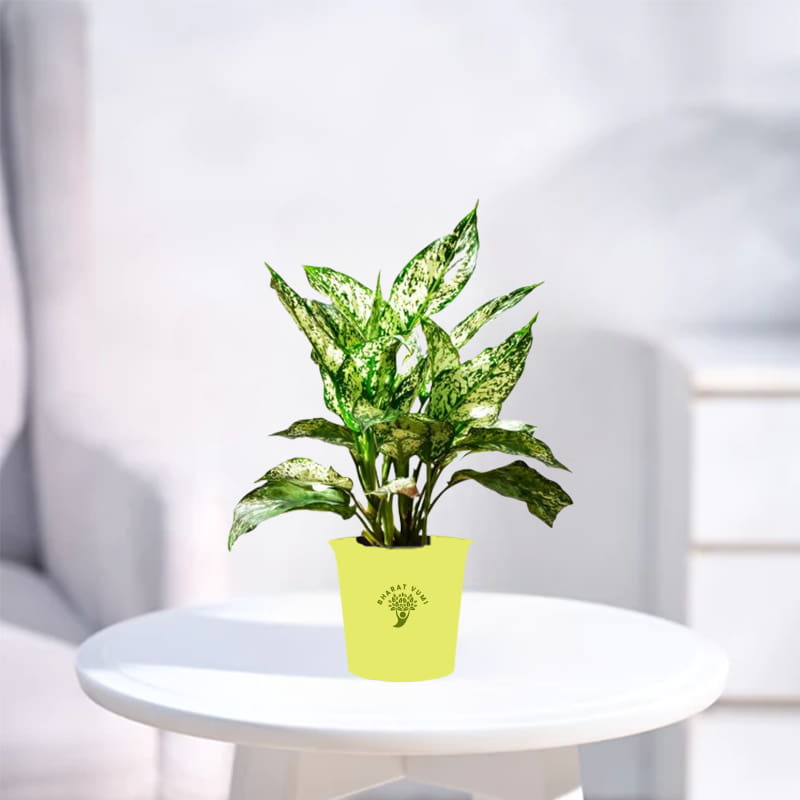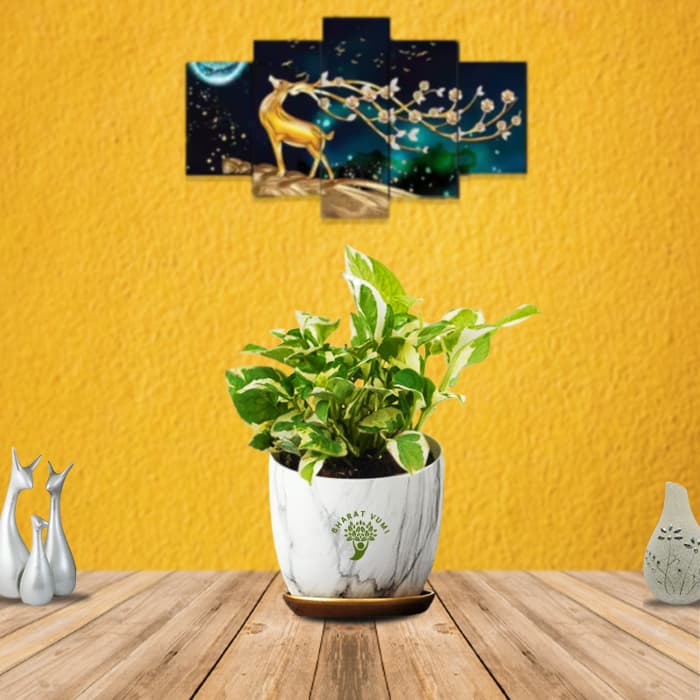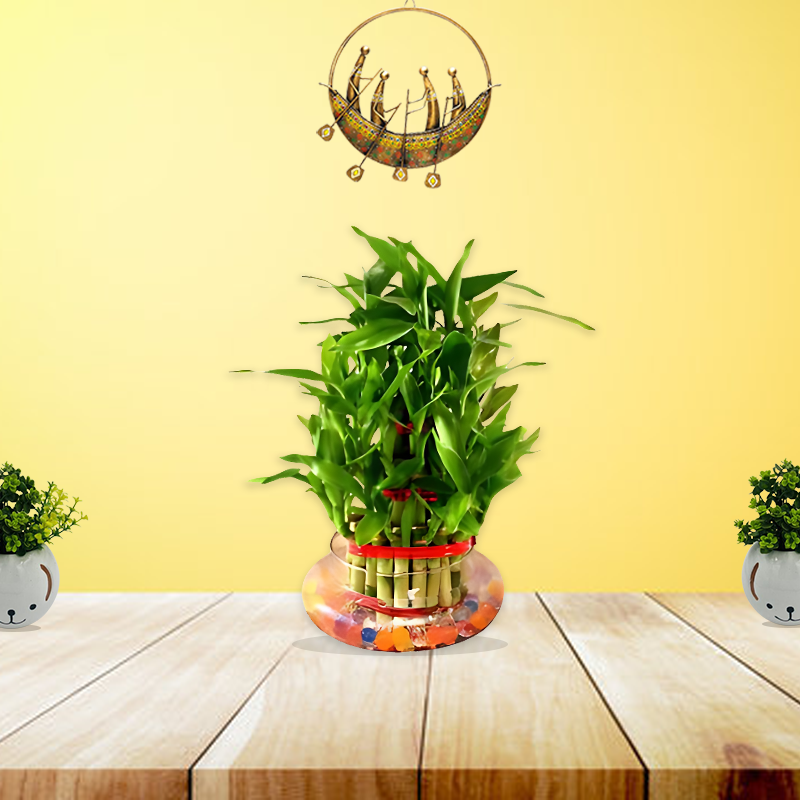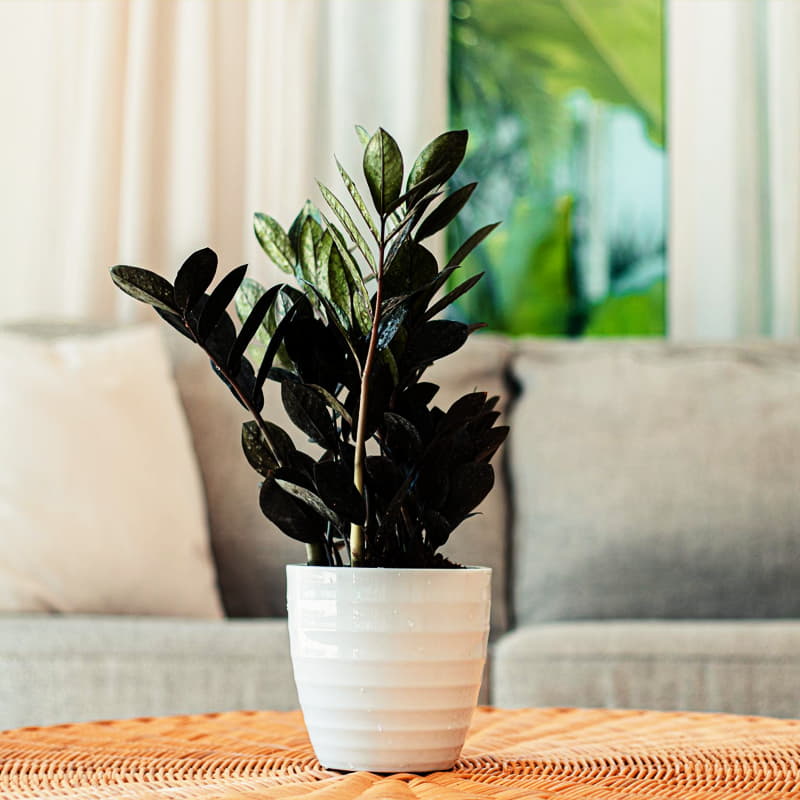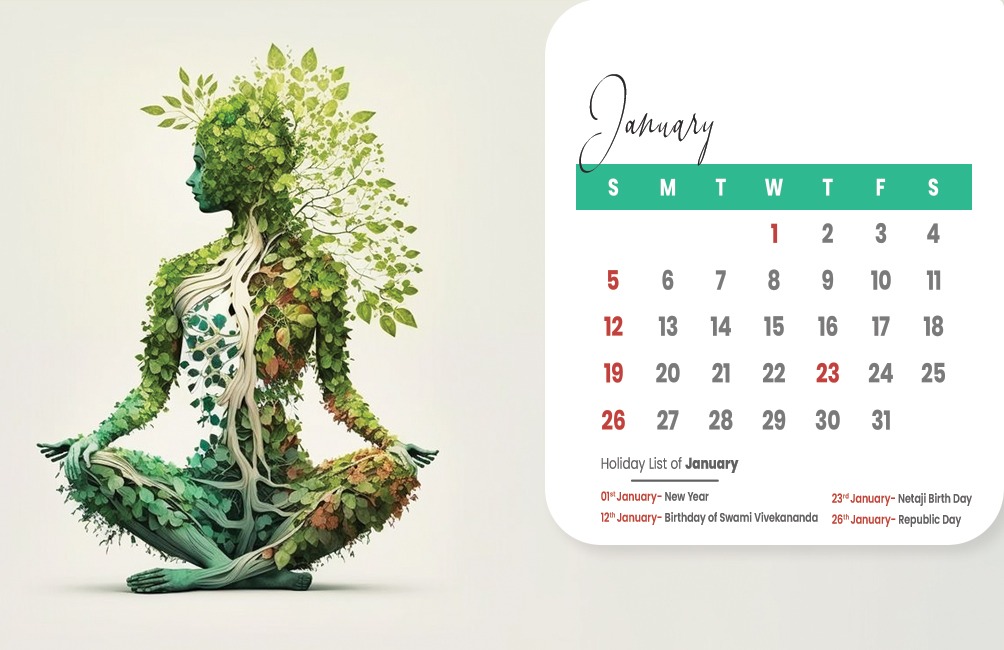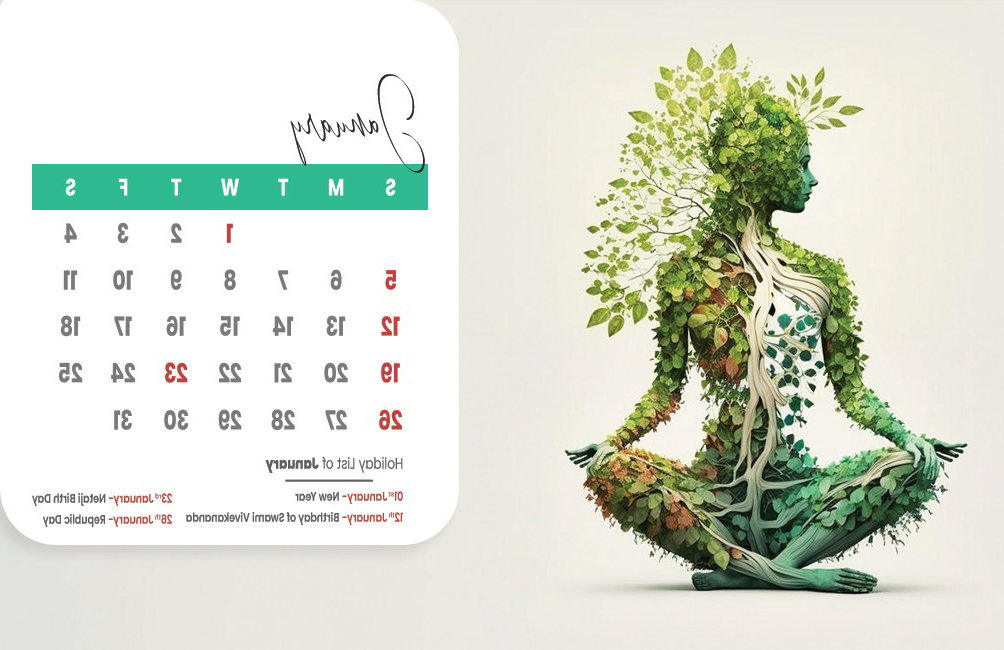Image(s) are for reference. Actual product might vary in some aspects like shape, size etc, from the one given in the image(s). However, we ensure what you get is close to the image(s) and of high quality. Our target is to deliver a healthy and well built plant. So relax after ordering and wait for an excellent delivery from Bharat Vumi that will bring smile on your face.
Package- A healthy Gardenia/ Gandhoraj Plant (Without pot)
Plant Description:
Common Name- Gardenia, Gandhoraj
Scientific Name- Gardenia jasminoides
Family- Rubiaceae
Origin- Asia, including China, Japan, and Taiwan.
Gardenia is an evergreen shrub known for its beautiful and highly fragrant flowers. It is a popular ornamental plant, prized for its glossy green foliage and captivating blooms. The flowers are often used in floral arrangements, corsages, and garlands. Gardenia is associated with beauty, purity, and love in many cultures.
Growing conditions-
1. Soil Requirement- Gardenia prefers well-draining, acidic soil with a pH between 5.0- 6.5. A soil rich in organic matter is beneficial for its growth.
2. Watering- Gardenia requires regular and consistent watering to keep the soil evenly moist. It is important to avoid waterlogging the plant while ensuring the soil doesn't dry out completely between waterings.
3. Temperature- Gardenia thrives in warm to temperate climates. It prefers temperatures between 18°C to 24°C during the day and slightly cooler temperatures at night. Protect it from frost and freezing conditions.
4. Humidity- Gardenia prefers moderate to high humidity levels. It appreciates a humid environment, especially in dry climates. Misting the foliage or using a humidifier can help increase humidity levels.
5. Light Requirement- Gardenia requires bright, indirect light for optimal growth and flowering. It thrives in partially shaded areas where it receives morning sunlight and afternoon shade. Avoid exposing it to direct, intense sunlight, as it can scorch the leaves.
6. Fertilization- Regular fertilization is important for Gardenia. Use a balanced, acidic fertilizer specifically formulated for acid-loving plants.
7. Flowering- Gardenia produces large, fragrant flowers that
are usually white or creamy yellow in color. The flowers are usually borne in
clusters and bloom during the summer months. Each flower can last several days
to a week, filling the air with a sweet and captivating scent.
8. Important Diseases- Gardenia is susceptible to certain diseases, including powdery mildew, leaf spot, and root rot. Proper care, including good air circulation, avoiding overhead watering, and providing well-drained soil, can help prevent these diseases.
9. Important Pests- Common pests that may affect Gardenia include aphids, whiteflies, mealybugs, and scale insects. Regularly inspect the plant for pests and apply appropriate insecticides or use organic pest control methods if necessary.
10. Pruning- Pruning is beneficial for shaping and maintaining the size of Gardenia. It is best done after flowering to remove spent flowers, promote bushier growth, and maintain an attractive form. Light pruning throughout the year can also help remove dead or damaged branches.
11.Propagation- Gardenia can be propagated through stem cuttings or layering. Stem cuttings taken from healthy, mature plants can be rooted in a well-drained potting mix. Layering involves bending a low-growing branch to the ground, securing it, and allowing it to develop roots before detaching it from the parent plant.
| Type |
Evergreen flowering shrub |
|---|---|
| Planting Time |
Spring time. |
| Soil |
Well drained acidic soil. |
| Watering |
Regular and consistent watering to keep the soil evenly moist. |
| Temperature |
18°C to 24°C |
| Humidity |
Moderate to high humidity levels. |
| Light requirement |
Bright indirect light. |
| Fertilization |
Apply balanced, acidic fertilizer during growing season. |
| Flowering |
Produces large, white or creamy yellow, fragrant flowers during summer months. |
| Important Diseases |
Powdery mildew, leaf spot, root rot. |
| Important pests |
aphids, white fly, mealy bug, scales. |
| Pruning |
Pruning is done to maintain the shape and size of the plant. |
| Dormancy Period |
Winter |
| Propagation |
Stem Cuttings, Layering. |

